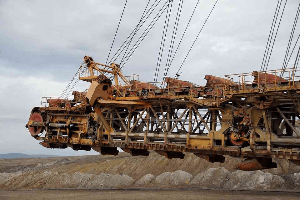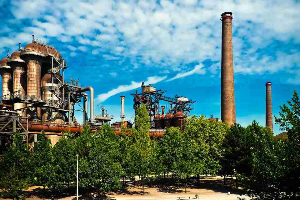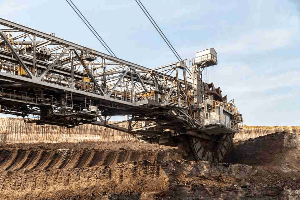Text 2
Well, no gain without pain, they say. But what about pain without gain? Everywhere you go in America, you hear tales of corporate revival. What is harder to establish is whether the productivity revolution that businessmen assume they are presiding over is for real.
The official statistics are mildly discouraging. They show that, if you lump manufacturing and services together, productivity has grown on average by 2% since 1987. That is somewhat faster than the average during the previous decade. And since 1991, productivity has increased by about 2% a year, which is more than twice the 1978-1987 average. The trouble is that part of the recent acceleration is due to the usual rebound that occurs at this point in a business cycle, and so is not conclusiv
e evidence of a revival in the underlying trend. There is, as Robert Rubin, the treasury secretary, says, a “disjunction” between the mass of business anecdote that points to a leap in productivity and the picture reflected by the statistics.
Some of this can be easily explained. New ways of organizing the workplace—all that re-engineering and downsizing—are only one contribution to the overall productivity of an economy, which is driven by many other factors such as joint investment in equipment and machinery, new technology, and investment in education and training. Moreover, most of the changes that companies make are intended to keep them profitable, and this need not always mean increasing productivity: switching to new markets or improving quality can matter just as much.
Two other explanations are more speculative. First, some of the business restructuring of recent years may have been ineptly done. Second, even if it was well done, it may have spread much less widely than people suppose.
Leonard Schlesinger, a Harvard academic and former chief executive of Au Bong Pain, a rapidly growing chain of bakery cafes, says that much “re-engineering” has been crude. In many cases, he believes, the loss of revenue has been greater than the reductions in cost. His colleague, Michael Beer, says that far too many companies have applied re-engineering in a mechanistic fashion, chopping out costs without giving sufficient thought to long term profitability. BBDO’s Al Rosenshine is blunter. He dismisses a lot of the work of re-engineering consultants as mere rubbish—“the worst sort of ambulance cashing.”
46. According to the author, the American economic situation is ________.
[A] not as good as it seems
[B] at its turning point
[C] much better than it seems
[D] near to complete recovery
正确答案:A
46[A]意为:并不像表面看上去那样好
第一段第三四句指出美国到处都在谈论所谓公司的振兴(talesofcorporaterevival)但是商界自认为正在进行的所谓生产率革命究竟是否名符其实(forreal)这一点却很难确定该句实际上是全文的主旨从反面提出了下文旨在回答的问题所谓生产率革命根本不存在官方的统计数字也并不怎么乐观;该段第四句指出问题是;最近显示出的增长部分是由商业领域里此时出现的正常的反弹(rebound)造成的因此不能将它看作是更深层的(当指生产率)振兴的证据由题目能够定位到第一段的这一句:Whatishardertoestablishiswhethertheproductivityrevolutionthatbusinessmenassumetheyarepresidingoverisforreal其意思是:商人们自认为的他们所领导的生产力革命是否确有其事这一点更加难以确定因此可以看出作者觉得美国经济形式并不像商人们说的那样好因此联系到了A选项
最后一段引用了几个专家的评价对目前进行的促进生产率发展的措施进行了否定特别是罗森伯格的评价在他看来目前负责调整经济的顾问们所做的工作多数都是垃圾(没有成效)是典型的“于事无补”(ambulance-chasing)
B意为:处于转折阶段文章中只是说经济发展并不乐观但是还没有达到转折的地步因此该选项属于夸张类干扰项
C意为:比现状要好得多这个和原文意思恰恰相反同作者的中心思想相违背换句话说这个是作者要批驳的观点
D意为;几乎要实现全面复苏了此选项同C选项都是与作者思想相违背的更何况复苏这个词根本无从谈起






